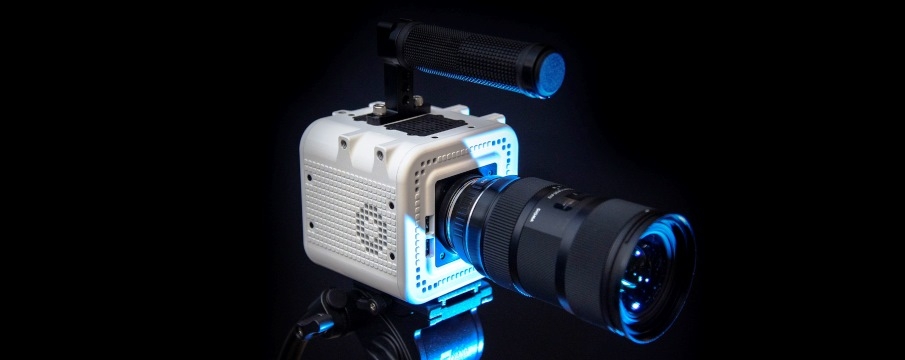
- Home
- Discover
- Your applications
- Case studies
- Case Study: Cinematography camera with swappable sensors
Octopus Camera has interchangeable sensors and Micro Four Thirds mount
British-based Octopus Cinema has announced the development of the special Octopus Camera – a 4K and 5K cinema camera built on an open platform with fully removable and upgradable parts, including the SDK and the sensor itself.Release the Kraken
Rather than limiting itself to a specific sensor model or being tied to a sensor manufacturer, the Octopus Camera supports a variety of sensor modules.The first prototype is targeting a pair of them designed by XIMEA and based on CMV20000 full-frame sensor and the Sony IMX253 1.1-inch sensor.
Both sensors feature Global shutter, color and monochrome configurations and at least 12 stops of dynamic resolution. The Sony goes up to 12.5.
Each of them is capable of full losslessly-compressed 12-bit RAW at 4K 30fps, 3K up to 60fps and 2K up to 120fps via 12-bit Lossless Cinema DNG.
Specifically, CMV20000 can deliver 5K up to 48fps, 4K up to 60fps and 3K up to 100fps using 12-bit Lossy RAW / 10-bit HEVC.
Whereas, Sony IMX253 records 4K up to 70fps, 3K up to 120fps and 2K up to 240fps via 12-bit Lossy RAW / 10-bit HEVC.
Inside out
Fittingly, the Octopus Camera uses the open source Micro Four Thirds mount pioneered by Olympus and Panasonic, favored by Blackmagic Pocket and the Sharp 8K.Not only does this option enable a rich ecosystem of premium optics, but it also opens the camera to all manner of third-party boutique, specialist and cinema lenses.
The cube-shaped camera is a compact 110 x 110 x 110 mm (4.3 x 4.3 x 4.3 inches) box which weighs just 900 grams / 1.98 lbs.
The device insides are powered by an Intel NUC 7i7DNBE board (8th Gen Intel Core i7-8650U CPU) and 16GB of DDR4 RAM, upgradeable to 32GB.
The camera can record to an SSD or CFast 2.0 with writing speeds up to 350 MB/s.
The peripheral interfaces include 4x USB3 ports, SATA III and two HDMI 2.0 ports.
At just 110 x 110 x 110mm and 900g, the Octopus Camera is a compact cinema shooter
What's new under the sun
With the increasing competition in the cinema camera market, the focus of Octopus is to fill the gaps in specialist requirements.For instance, native monochrome sensor imaging and a fully open SDK to extend and embed custom behavior in the camera.
Black and white cinematography is a powerful medium which is gaining a resurgence as of late.
The native monochrome sensors provide resolving power and sensitivity noticeably beyond their colour counterparts.
Fine detail in shots is preserved with no moiré or artifacts artefacts at all – even when pixel peeping.
Additionally, the native ISO of the monochrome sensors is over double of colour equivalent. The 1.1-inch sensor has an ISO around 2000ASA.
Further abilities of monochrome sensors include downscaling of the frame vertically by 2, while preserving the full width resolution.
This doubles the maximum frame rate and halves the frame’s RAW file size while the vertical resolution reduction is not very noticeable.
The camera uses non-proprietary hardware and software - an optimized Linux version which runs on an 8-core i7 Intel CPU. The SDK allows for full utilization of this.
For example, a Unity3D AR project containing CG assets can be deployed allowing real-time camera-tracked visualization of VFX without any additional hardware.
Using the Micro Four Thirds lens mount, the Octopus Camera has access to a rich ecosystem of lenses
March of the Penguins
Now that digital imaging sensors are starting to become more freely available to the masses, all kinds of open source projects have been popping up that use them.Most of these are typically fairly constrained by platforms like the Raspberry Pi or development boards like the Arduino and ESP32.
Octopus is a Professional Grade digital Cinema Camera powered by Linux, which is fully programmable and runs on the open source system, x86_64 Linux.
The current prototypes are running on a modified Ubuntu 18.04 LTS stack but Intel's Clear Linux platform is being evaluated for possible superior performance.
Among the modifications developed are the use of real-time kernel option and various throughput/latency tuning.
They also are relying upon Paragon's commercial NTFS driver for greater performance to SSDs and CF cards.
Recording is hardware accelerated using Intel's VA-API up to 10-bit HEVC. Users will be able to add other recording formats from third-party libraries using SDK.
Image processing on the camera is done using OpenCL with the Beignet driver stack.
Sample footage
Reviews
Octopus Cinema has introduced Octopus Camera, an open source, upgradable, programmable and mostly-modular prototype cinema camera powered by Linux."The intended audience for this camera is everybody from the budget filmmaker to more heavily financed studios”" says Russell Newman, Octopus Cinema's founder.
This modular camera rig is based around an Intel NUC board with possibility to replace this board as soon as a newer and more powerful boards become available.
Modular functionality extends to camera's sensor supporting multiple imaging modules from XIMEA, including native monochrome, full-frame 35mm and global shutter.
The camera housing is a CNC milled aluminum chassis with a glass white finish and the manufacturing is done in London, UK.
The Octopus Camera is targeting a release window of 2020, with out-of-the-box functionality including 4K and 5K lossless compressed 12-bit raw footage.
About OctopusCinema
octopuscinema.comContact:
Russell Newman: info@peartree.london
Review of the camera by Indy Mogul
Related articles
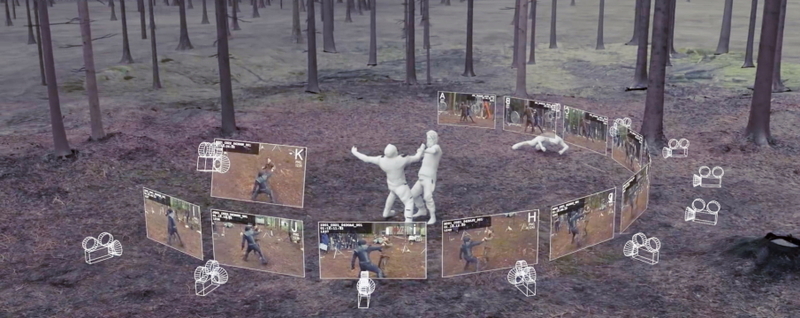
Case studies
Volumetric capture technolgy enhanced through a multi camera system with more than 100 camera units
Read article

Case studies
Automation of animal observation and training through combining vision and deep-learning
Read article
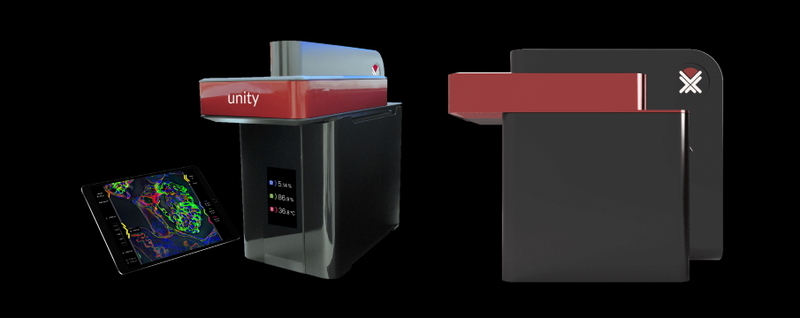
Case studies
Aurox used specially designed sCMOS cameras from XIMEA to develop an all-in-one microscope
Read article
Latest articles

Exhibitions
High-performance BSI sensors, high-speed PCIe interfaces, and a range of other exciting camera innovations.
Join us at booth #3138!
Read article
Join us at booth #3138!
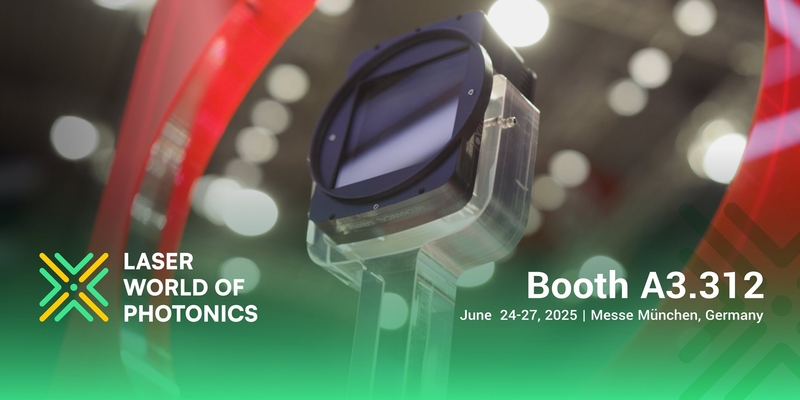
Exhibitions
Visit XIMEA at booth #A3.312! Explore our updated USB3 and PCIe camera portfolio: super small, incredibly fast, and high-resolution. Our team is ready to showcase them!
Read article
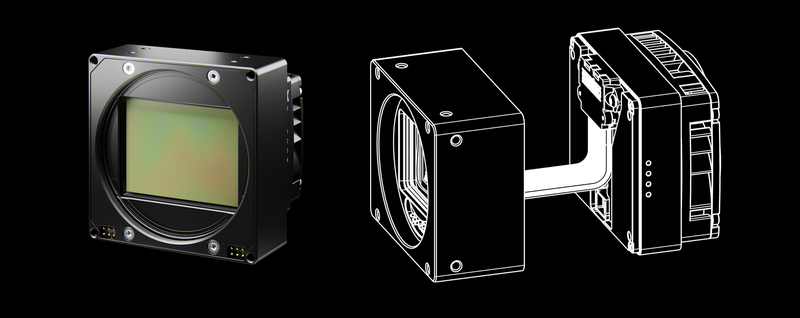
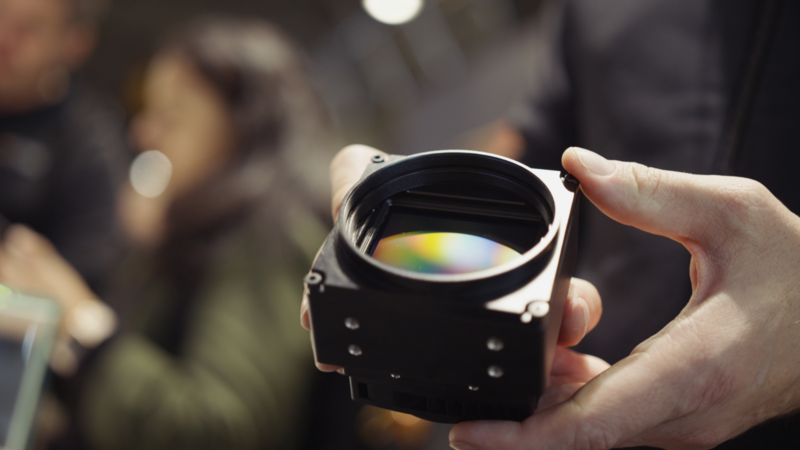
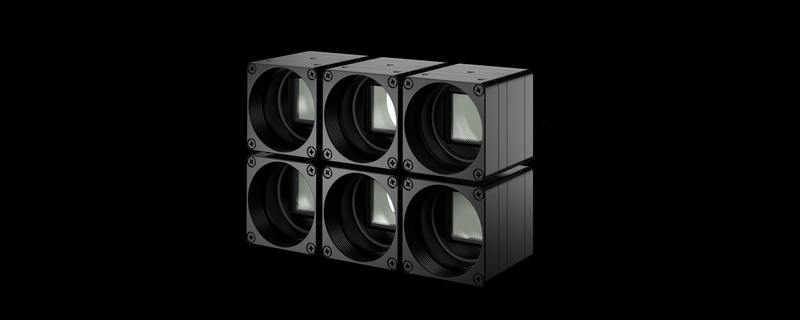
Product news
USB3 and PCIe cameras with 4th generation of Sony sensors like IMX545, IMX546, IMX547
Read article
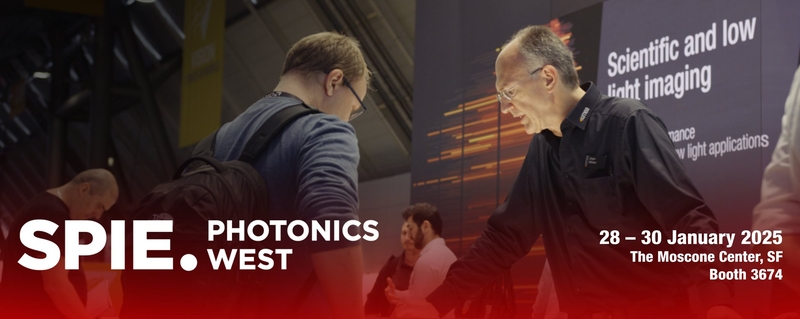
Exhibitions
High performance BSI sensors, high speed PCIe interfaces and many more exciting camera innovations. Find us at booth #3674.
Read article
